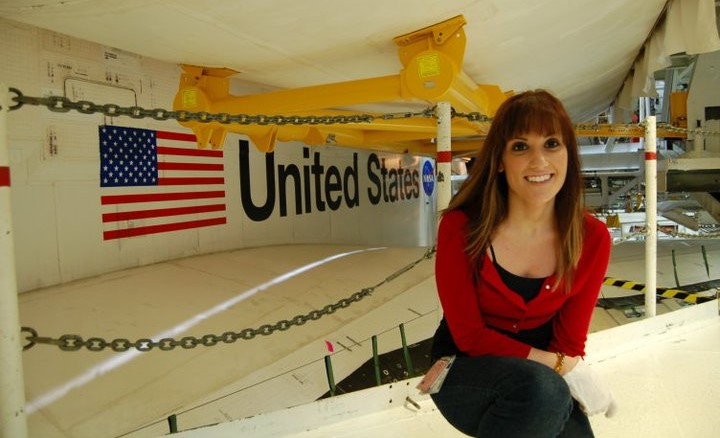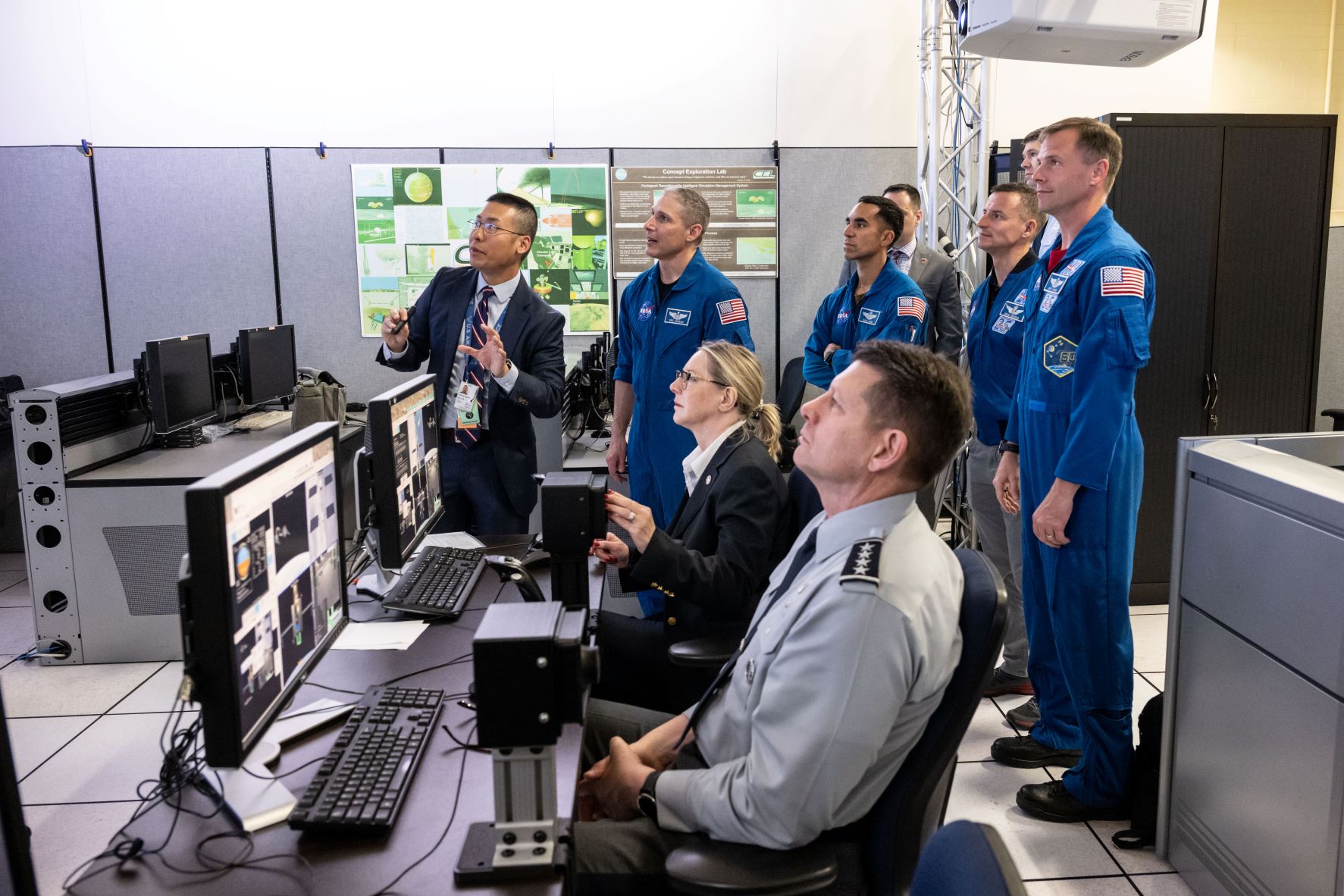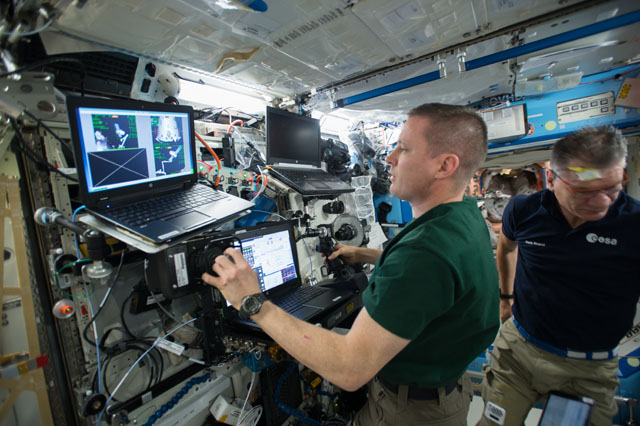During National Disability Employment Awareness Month, we celebrate the thousands of employees living with disabilities who contribute to NASA's mission. By sharing their stories, we highlight the impact people with disabilities have on our organization and the vital role they play in fostering an inclusive workforce at NASA.

Meghan Daley has spent nearly two decades blazing new trails in robotics. As a project manager in NASA's Engineering, Software Robotics, and Simulation Division at Johnson Space Center in Houston, she is building simulations that will shape the future of space exploration.
From training astronauts with advanced robotic tools to collaborating with the Department of Defense on research simulations, Daley's work is transforming how humans interact with space, ensuring that every mission is set up for success.
Daley oversees key programs at Johnson, including the Generic On-Orbit Robotic Trainer (GROOT), the Robotic OnBoard Trainer, and Dynamics Skills Trainers. These tools are vital to NASA's mission and are used in both ground-based simulations and real-time space operations.
One of Daley's proudest achievements is launching GROOT, a simulation system that trains astronauts in a variety of robotic operations. From handling the Canadarm2 for spacecraft docking to servicing satellites, GROOT prepares astronauts for tasks like performing maintenance, assembling structures in space, managing cargo, and even coordinating multiple robotic systems.
The tool also supports astronauts in mastering robotic inspections, autonomous operations, and emergency procedures, making it indispensable for missions to the Moon and Mars.
During a visit by Gen. John W. Raymond to the Systems Engineering Simulator, the general requested an outdated rendezvous and proximity operations simulation for the United States Space Force.
Recognizing the limitations of the old system and knowing her team's capabilities, Daley proposed building a new simulation from scratch to meet their needs. In 2019, GROOT was born and continues to be a critical asset in NASA's training toolkit.

For Daley, celebrating her identity and culture in the workplace is about advocacy and education. She is passionate about using her voice to promote awareness and understanding, not just for her own experience, but for the benefit of all.
"Being a woman in engineering is extremely difficult. However, being a woman with a disability in engineering is even harder," Daley said. "I have learned how important it is to communicate your ideas, questions, and concerns."
When reflecting on her career, Daley says she cannot pick a favorite project. Each one-from Orion to Gateway to the International Space Station and space shuttle-has deepened her understanding of NASA's vision.

As Daley looks to the future of robotics and human spaceflight, she remains optimistic and passionate about inspiring the next generation of explorers.
"Keep your hope and don't be afraid to ask questions because that is how you learn and become a leader!" she said.






